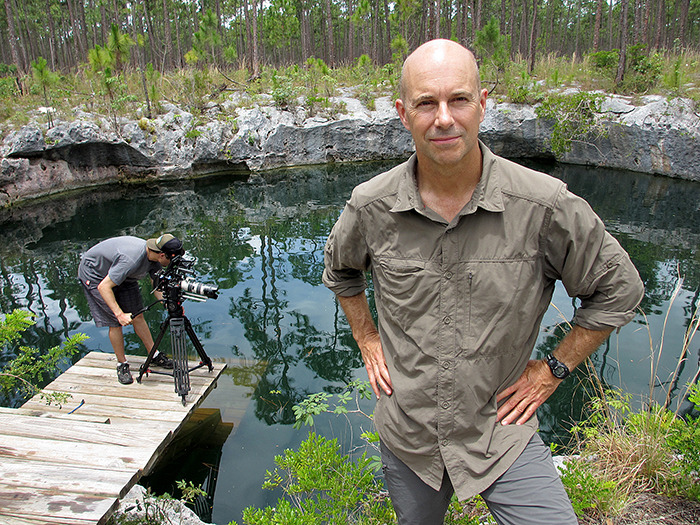In the previous post I described the evolution of our mini beam splitter rig, engineered by the Parallax crew for portability and 3D close-ups.
Before the filming of our first documentary, Blowdown, we went back-and-forth on what cameras to mount on this custom-designed rig to complete our B cam system. It was an epic battle that ended with Canon 7Ds as victor … for this round at least.
Here’s why:
When we shot the demolition of the Fonte Nova Stadium, our Iconix A cam system rigged side-by-side, also with our very own hand-held design, took some beautiful shots.
For our B cam system, it down to Sony EX3s or Canon 7D’s. The big problem is the Sony EX3s proved too heavy and cumbersome for our purposes. This is an event-based documentary in a demolition zone – last thing we need is to haul excess weight around.
So the 7Ds were the cameras that we went with – but we knew this decision came with a couple drawbacks:
1. The 7Ds have genlock issues making it difficult to synchronize the captures between the two cameras. Meaning we’re going to have a long gop compression issue.
Translation: fast motion close to the camera will produce retinal rivalry.
2. We can’t use video feeds coming out of the cameras with our Transvideo 3D monitor.
Which means we won’t be able to overlap images and check alignment during the shoot.
3. There’s no uncompressed signal coming out that we can tap into and record to the nano3D drives – a problem in 2D as well.
Despite these limitations, we still captured great stereo images with properly set interaxials.
In the end, our confidence in our Canon 7D mini beam splitter system paid off and we have a visually-unprecedented documentary to show for it.
But as we move further into the third dimension, we’re upping our game …
–Ian Herring, President

